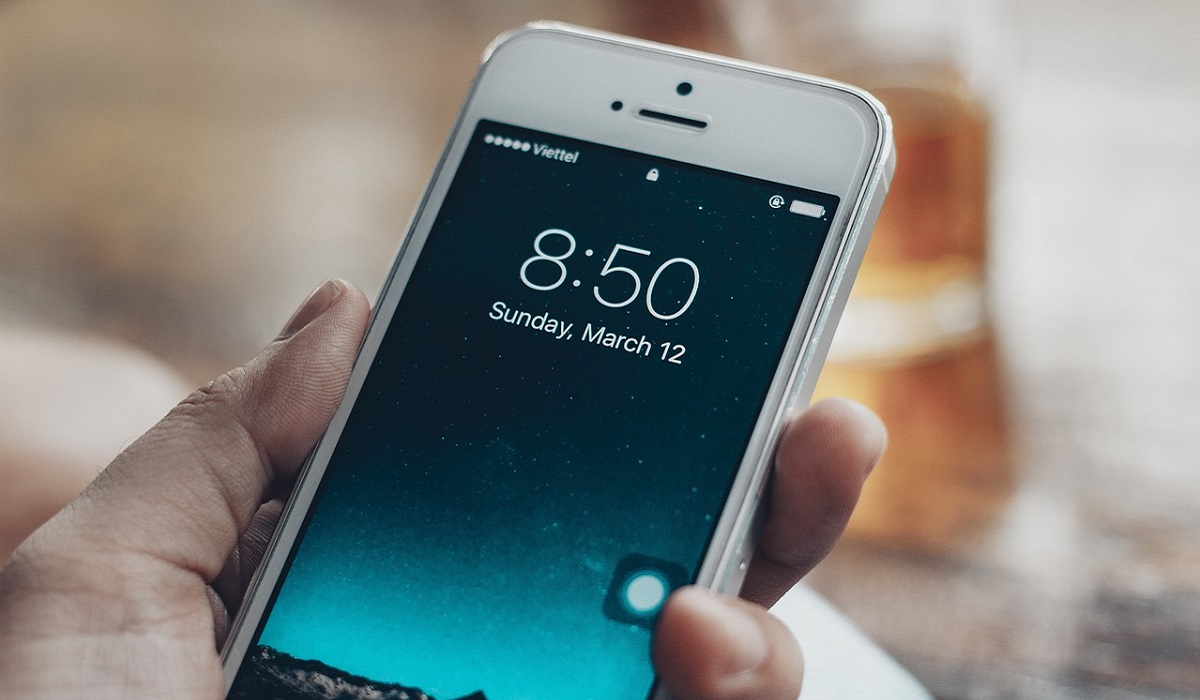Beyond what was previously allowed, Apple now lets you modify the Lock Screen beginning with iOS 16’s introduction. You can customize some security functions of your iPhone’s Lock Screen, apart from introducing visual changes.
In this guide, we’ll go over the different ways you can customize the security functions of your iPhone’s Lock Screen. Keep reading to learn the different Lock Screen settings you can change to improve security on your iPhone.

Table of Contents
How Can I Customize Security Functions of My iPhone’s Lock Screen?
It’s possible to customize different aspects of your iPhone’s Lock Screen in great detail as long as it is running iOS 16 or higher.
Some of the things you can do include altering the font, adding widgets for rapid information access, and giving your wallpaper a depth impression. Also, it’s possible to link to several iOS Focus modes or create several lock screens and alternate between them as you like.
If you’d also like to customize the security functions of your iPhone’s lock screen, consider some of our suggestions below.
Change your iPhone’s Passcode
The primary purpose of the Lock Screen is to secure your smartphone from outsiders, and you can choose to customize this security function of your iPhone’s lock screen. Actually, understanding how to modify your biometric or passcode security is crucial.
For the necessary options, go to Settings > Face ID & Passcode(the right option is Touch ID & Passcode if you’re using an iPhone model without Face ID). If Face ID isn’t functioning properly and you want to start the feature over from scratch on an iPhone model, select Reset Face ID.
Set Up an Alternate Appearance on your Lock Screen
Another tip to customize the security function of your iPhone’s lock screen is to Set Up an Alternate Appearance that allows access for only trusted people.
For instance, you could add the face of your partner or a close friend to allow them to unlock your iPhone. Face ID constantly updates its knowledge of your appearance, so you wouldn’t need to use it to detect subtle changes like a beard or hat.
If you’re using a Touch ID-enabled device, put a finger on the scanner to find it in the Fingerprints list. Tap or swipe on a fingerprint to delete it, or touch the Add a Fingerprint option to set a new one (it’s possible to set as many as five).
Remove Lock Screen Protection or Generate New Passcode
You can also eliminate all lock screen protection on either type of device by tapping the Turn Passcode off option, but we highly advise against this option to customize the security functions of your iPhone’s lock screen.
To generate a new iPhone passcode, select Change Passcode. To alter the code’s length or even add letters to it, hit Passcode Options during the process.
Access functions when your Screen is Locked
Another way to customize the security functions of your iPhone’s lock screen is enabling access to some things even while your phone is locked.
For a list of functions that are usable even when your device is locked, scroll down under Allow Access When Locked. If there is anything you wish to be available only after unlocking your iPhone, disable the slider.
Remember that anyone with access to your iPhone would be able to access the features that are enabled (though some functions will be limited, like Siri not reading recent messages when your device is locked).
Erase Data to Prevent Unauthorized Access
Another option to customize the security functions of your iPhone’s lock screen is the Wipe Data option.
If this option is chosen, your iPhone will delete all data after 10 unsuccessful passcode attempts. The possibility that this function erases your data due to a child or friend fooling around is low. This is because your iPhone locks for a brief period that lengthens after several unsuccessful tries.
Change the Timeout Period on your Lock Screen
After a set period , your iPhone locks automatically to keep it secure and save battery life. The screen then turns blank, and to use your device again, you need to get past the Lock Screen.
Under Settings > Display & Brightness > Auto-Lock, you can choose how long your device waits before locking without receiving any input. 30 seconds is the shortest and 5 minutes is the longest time period (there’s also a Never option).
You should also turn on Attention Aware Features in Settings > Face ID & Passcode if you’re using an iPhone model with Face ID. As long as you are gazing at your iPhone, the screen won’t switch off.
In summary, our helpful suggestions will help you customize the security functions of your iPhone’s lock screen, so follow them correctly.

